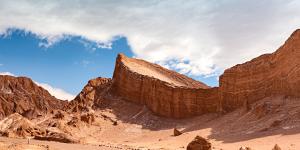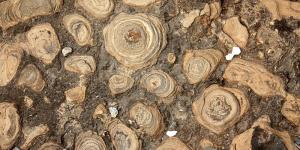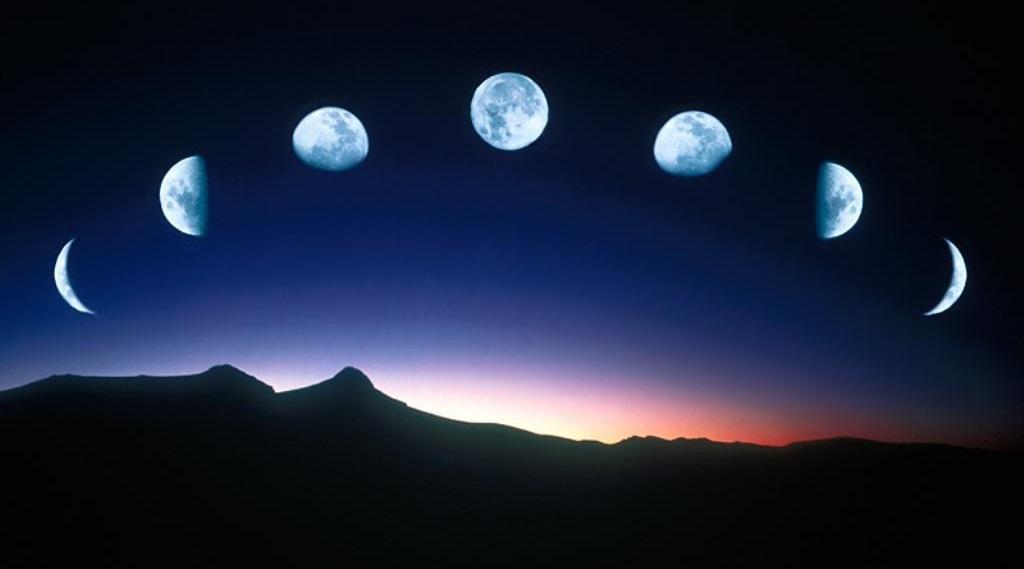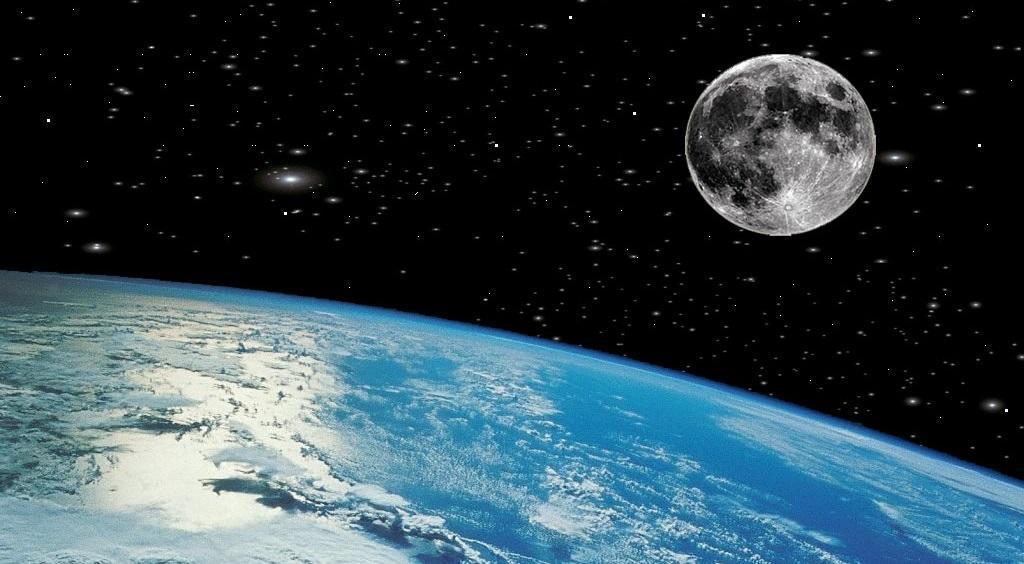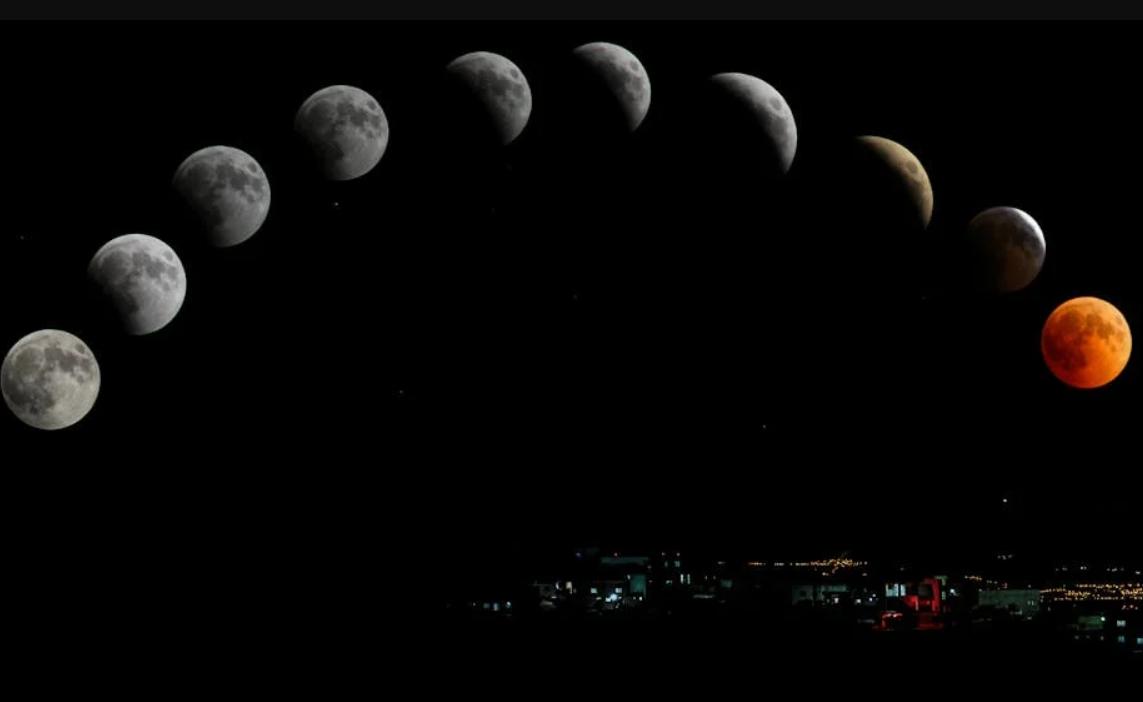Why Is the Moon Important to Life on Earth?


For millennia, humans have looked up at the Moon with fascination. This celestial orb has inspired countless myths, guided travelers across vast distances, and even influenced our calendars. But beyond its cultural significance, the Moon plays a surprisingly crucial role in shaping life on Earth. In fact, some say it might be the very reason life on earth exists.
This article from thedailyECO dives into four reasons why the Moon is vital for life on Earth, and explores the dramatic consequences of a world without it.
Stabilizes Earth's rotation
The Moon plays a pivotal role in stabilizing Earth's axial tilt, which refers to the angle between the Earth's rotational axis and its orbital plane around the Sun.
This stabilization is essential for maintaining the planet's climate regulation and seasonality. Without the Moon's presence, Earth's axial tilt would undergo more significant variations due to gravitational interactions with other celestial bodies, such as the Sun and planets.
Earth's axial stability has profound implications for global climate patterns. A stable axial tilt helps to regulate the distribution of sunlight across different latitudes throughout the year, which in turn influences temperature gradients, atmospheric circulation patterns, and precipitation regimes. These factors shape regional climates and weather patterns, impacting ecosystems, agriculture, and human societies.
The stability of Earth's axial tilt also affects biological rhythms and behaviors in various organisms. Many species, including plants, animals, and microbes, exhibit seasonal cycles in reproduction, migration, and other life activities. These cycles are often synchronized with changes in day length and environmental conditions driven by Earth's axial tilt. For example, the timing of bird migrations, flowering of plants, and breeding cycles of animals are influenced by seasonal variations in daylight hours, which are ultimately regulated by the Moon's stabilizing effect on Earth's axial tilt.
This article explains the moon's importance to Earth. But what left all those marks on its surface? Dive deeper into the mystery of the moon's craters in our next piece.

Has a gravitational influence on ocean tides
Tidal forces are a consequence of the gravitational interaction between celestial bodies, primarily the Moon and Earth, and to a lesser extent, the Sun. These forces influence the rise and fall of ocean tides, creating a complex and dynamic phenomenon.
Tidal forces arise due to the difference in gravitational pull exerted by a celestial body on different parts of the Earth. The side of the Earth closest to the Moon experiences a stronger gravitational pull compared to the center of the Earth. Conversely, the side facing away experiences a weaker pull. This differential pull creates a stretching effect on the Earth's oceans, causing them to bulge outwards on both sides, one facing the Moon and the other on the opposite side of the planet.
While the Moon is the primary driver of tides, the Sun also plays a role. When the Sun and Moon are aligned (during full and new moons), their gravitational forces combine, leading to higher high tides and lower low tides (spring tides). Conversely, when they are at right angles to each other (during first and third quarter moons), their forces partially cancel out, resulting in lower high tides and higher low tides (neap tides).
Tidal forces have a significant impact on various aspects of the ocean. The rhythmic rise and fall of tides shape intertidal zones, the areas periodically exposed during low tide. These zones are rich in biodiversity, as organisms have adapted to the alternating wet and dry periods. Tidal forces can create strong currents that influence the distribution of sediments and shape underwater features.
Also, some marine species rely on tides for navigation and migration. The predictable rise and fall of tides allow them to move between feeding grounds and breeding areas.
Tides act as a mixing mechanism, churning ocean waters and distributing essential nutrients throughout the marine environment. This mixing process fuels plankton growth, the foundation of the marine food web. Tidal mixing can promote the upwelling of nutrient-rich deep ocean water to the surface. This upwelling can trigger phytoplankton blooms, boosting marine productivity and supporting a diverse range of marine organisms.

Provides natural nighttime illumination
The Moon, Earth's sole natural satellite, exerts a gravitational influence on our planet's oceans (as described previously). However, the Moon's role extends beyond gravity, as its reflection of sunlight provides natural nighttime illumination. This illumination has demonstrably impacted both human societies and various biological processes.
In the absence of artificial light sources, the Moon has historically been humanity's primary source of nighttime illumination. This illumination likely facilitated activities like hunting, gathering, and social interaction after dark. The availability of moonlight may have influenced the development of human social structures and cultural practices. Storytelling, rituals, and even calendars have been linked to the lunar cycle in many cultures.
The Moon's predictable cycle of phases, from new moon to full moon, serves as a natural timing cue for various organisms. Many animals, particularly insects and marine invertebrates, synchronize their reproductive cycles with lunar phases. This synchronization may optimize fertilization success and offspring survival. Some migratory animals, such as birds, use the Moon's phases for celestial navigation. The consistent pattern of light and darkness helps them maintain their course over long distances.
Our next article explores the reason behind the moon's shine, despite not having its own light source, and how it connects to Earth.

Stimulates geological activity
The Moon's gravitational pull not only influences tides in the Earth's oceans but also exerts tidal forces on the Earth's crust. These tidal forces contribute significantly to geological processes such as plate tectonics and volcanic activity, which are essential for shaping Earth's surface, maintaining nutrient cycles, and supporting diverse terrestrial habitats.
The gravitational attraction between the Earth and the Moon creates tidal forces that cause the Earth's crust to bulge slightly. These forces are not as pronounced as the ocean tides but still play a crucial role in the planet's geology. The Earth's crust experiences a subtle flexing due to these tidal forces, which can have significant geological impacts over time.
Plate tectonics, the movement of large plates that make up the Earth's surface, is driven primarily by the heat from the Earth's interior. However, the Moon's gravitational pull adds an additional layer of influence. The tidal forces exerted by the Moon create stresses within the Earth's crust, which can facilitate the movement of tectonic plates. This movement is essential for various geological phenomena, including the creation of mountains, earthquakes, and the formation of ocean basins.
Let us not forget that the movement of tectonic plates is critical for the recycling of materials between the Earth's surface and its interior. This recycling process supports the global carbon cycle, which regulates atmospheric carbon dioxide levels and influences the Earth's climate over geological timescales.
Volcanic activity is another geological process influenced by the Moon's gravitational pull. The tidal forces exerted by the Moon can affect the pressure and stress within the Earth's crust, potentially triggering volcanic eruptions. While the primary drivers of volcanic activity are the heat and pressure from the Earth's mantle, the Moon's gravitational influence can act as a catalyst for volcanic events.

What would happen if the Moon was destroyed?
If the Moon vanished from our skies, Earth would experience a series of dramatic changes, impacting everything from the rhythm of our oceans to the stability of our climate. Here's a breakdown of some potential consequences:
The most immediate effect would be a dramatic reduction in the height of tides. While the Sun's gravity would still cause some tidal movement, it's significantly weaker than the Moon's pull. This would mean that intertidal zones, those areas exposed during low tide, would be significantly less affected by the rise and fall of water. This could disrupt the delicate balance of these ecosystems, impacting the organisms that thrive there.
Many marine species rely on the predictability of tides for navigation. Without strong tidal currents, their migration patterns could be disrupted, affecting their ability to reach breeding or feeding grounds.
Tidal mixing plays a role in distributing nutrients within the oceans. Reduced tidal forces might lead to less efficient nutrient circulation, potentially impacting marine productivity.
The Moon's gravity helps stabilize Earth's rotational axis, the imaginary pole around which our planet spins. Without the Moon's influence, Earth's axis could wobble significantly over time. A large wobble in Earth's axis would lead to extreme variations in the amount of sunlight reaching different parts of the planet throughout the year. Some areas might experience scorching summers and freezing winters, making it difficult for life as we know it to survive.
The Moon's gravitational pull interacts with Earth's rotation in a complex way, gradually slowing it down. Without the Moon's influence, our days would become shorter over time. Changes in the length of a day could potentially affect weather patterns and climate in ways that are not fully understood.
Our next article explores a captivating lunar phenomenon, supermoons! Learn more about these extra-large moons and their connection to our planet.
If you want to read similar articles to Why Is the Moon Important to Life on Earth?, we recommend you visit our Facts about nature category.

